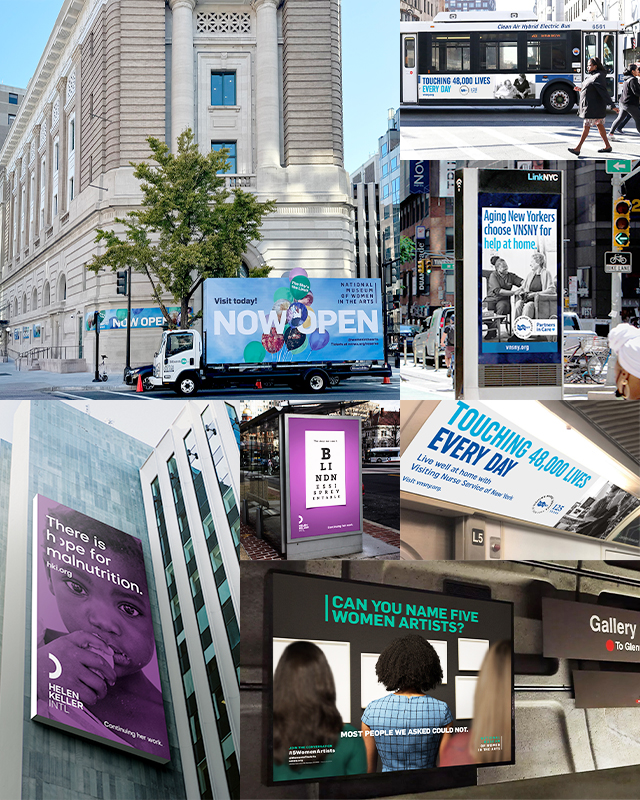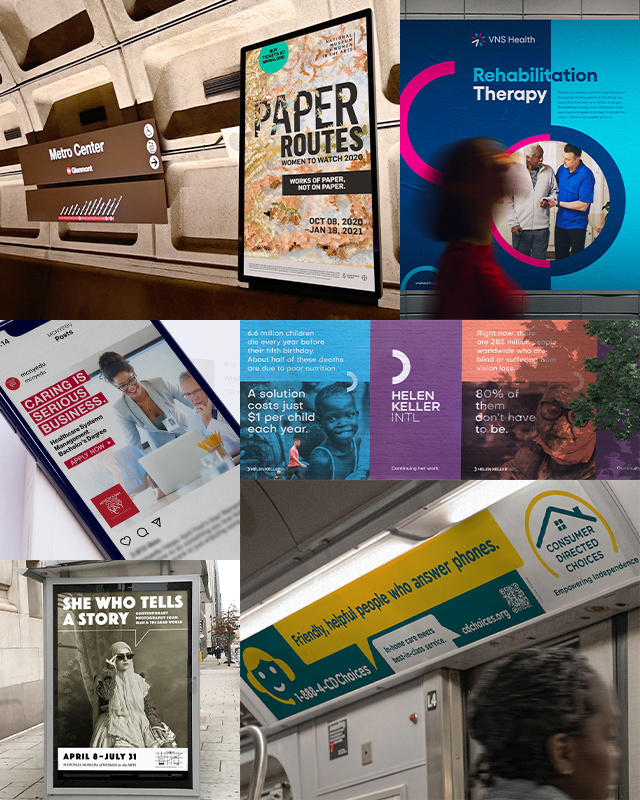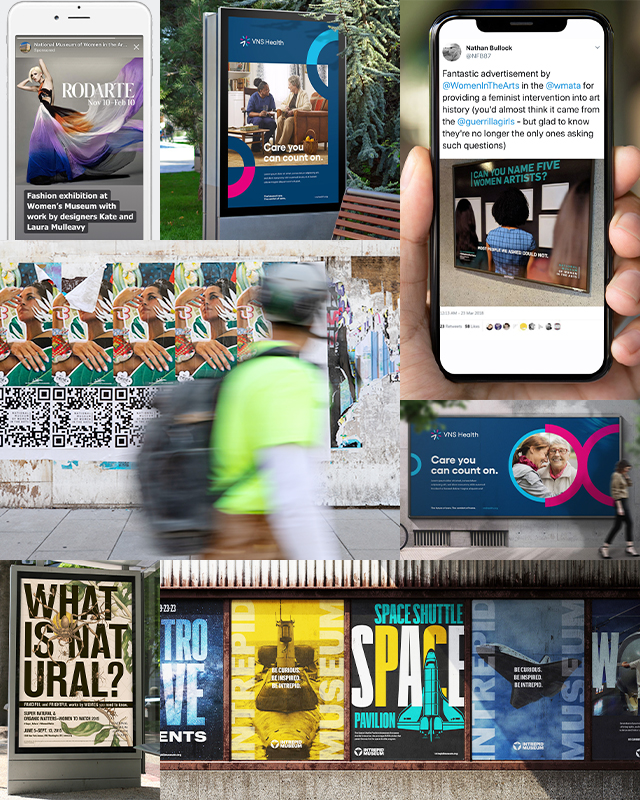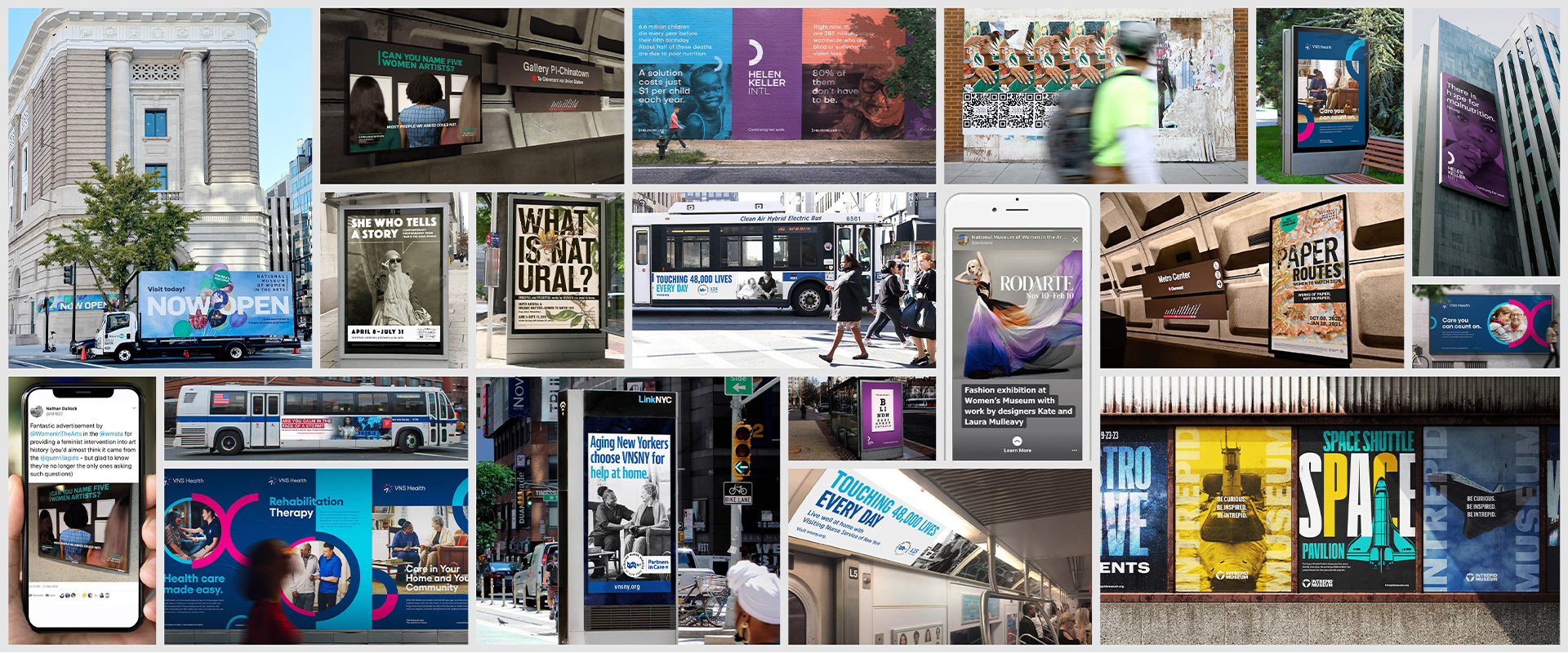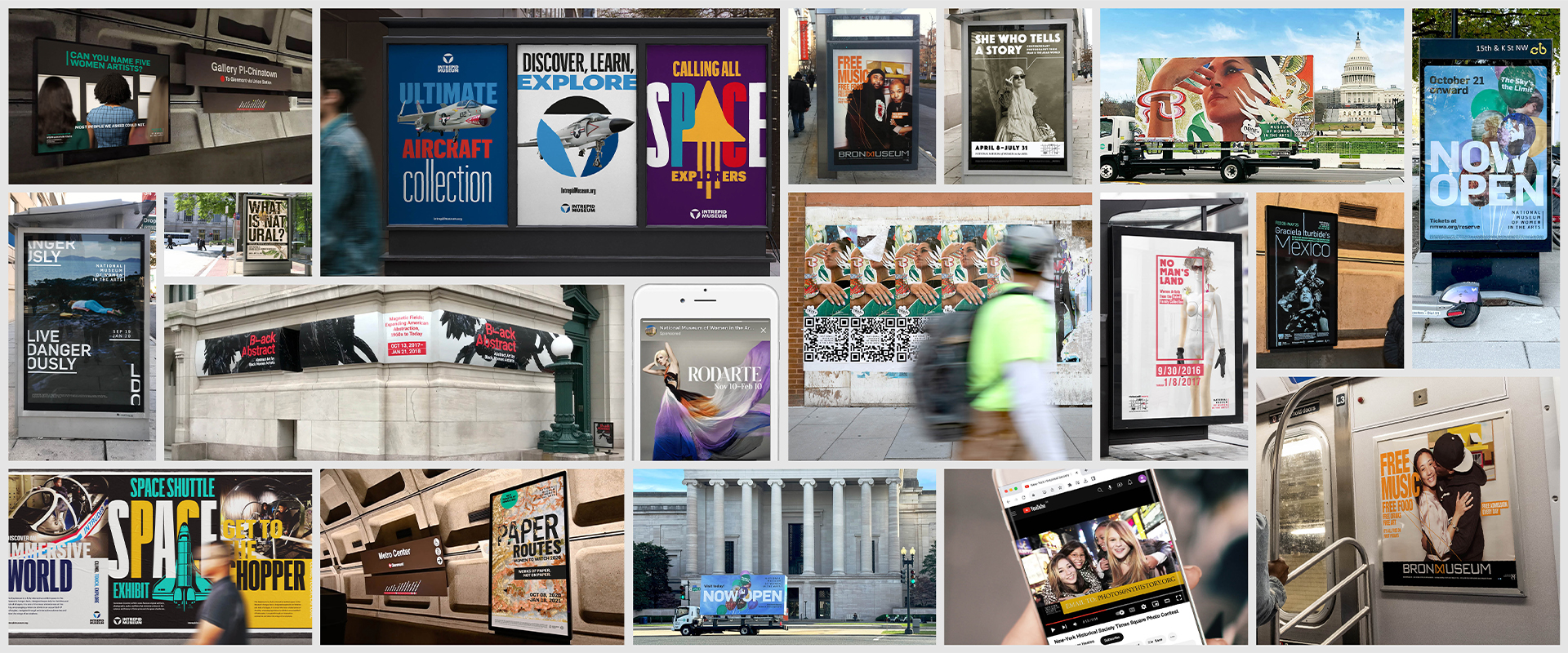
DCW
The largest privately held media buying company on the East Coast with 50 years on the front lines of emerging media, DCW has given Tronvig access to deep-seated using power and media spending of more than $100M annually for over ten years. DCW works closely with us on media strategy and media buying so our clients get the benefits of being big when you need it to negotiate and buy media.
Tronvig
A boutique, we have nearly 30 years of brand strategy and advertising experience and an extensive network of creatives. This enables us to deliver world-class creative work economically. We can comfortably create and manage campaigns from one to ten million in annual spend.

Brand Pyramid
Every advertising engagement begins with a deep dive to build consensus on the value proposition, understand existing research, and ideate possible emotional drivers that could be effectively leveraged in the campaign. We create a Brand Pyramid for the campaign and postulate a hypothesis for the offer’s differentiated value proposition.
Learn More
Marketing Targets Diagram
Selection of the specific targets for the campaign is essential to reduce waste. The marketing targets diagram summarizes this selection and thus sets the stage for efficient customer research.
Learn More
Competitive Advantage Diagram
For each marketing target, research exposes their needs via in-depth projective interviews. This customer-centric research validates or amends the elements of the value proposition and unearths language that will resonate with the customer. Each target’s needs are mapped on a competitive advantage diagram which helps to clarify the most meaningful points of differentiation for use in the advertising.
We can also add quantitative support to our qualitative research or conduct creative testing to tackle key questions that may emerge.
Learn MoreAwareness
As humans, we like what we know and tend to choose things that we are familiar with, but achieving familiarity is a long-term endeavor.
Advertising is a tool to advance this cause, but before we jump to familiarity, we first have to get noticed. Most advertising is waste because it is invisible and not perceived as delivering any benefit in the moment. The best ads capitalize on each and every opportunity to leave some cognitive impression. Underscoring this point is Howard Gossage’s oft-quoted statement, “Nobody reads advertising. People read what interests them, and sometimes it’s an ad.”
We suggest that our first task is to be noticed, thus opening the window to deliver a message that is memorable enough to be associated with your brand. If done well, this strategy will enhance the efficiency of our entire advertising spend.
Most advertising is invisible
All advertising that does not address a real need that the prospect perceives they have at the moment is waste. The only exceptions are advertisements that engage with foundational human emotions like fear or pleasure and are able to tie the service or product to that emotion, or ones that capture attention through using the unexpected or “out of place,” which provides a momentary connection to make your case, which then opens a momentary window to engage according to the previous laws of contextual relevance. Barring these situations, most advertising is effectively invisible, or more precisely, categorically ignored by most people as part of an automatic, and well-developed, self-protective mental maneuver that systematically filters out nearly all irrelevant information from our normal field of perception.
Most ad spending is waste
Spend your marketing dollars wisely by building your advertising campaign on strategy—carful consideration of who is your target and thorough understanding of what is of value to them and when and where they will be primed to perceive that value—and tactics including creative tactics that are well tuned to the needs and tastes of the intended target.
Advertising done well is therefore the marriage of marketing (customer understanding) with creativity (devising the best way to engage the target). In the absence of these, it is largely a huge waste of time and resources. If this is the case, why do so many brands spend so much money on advertising? Because at the end of the day, familiarity begets positivity and positivity correlates to purchase or support.
So we are stuck with the need to take on the challenging work of devising and executing effective advertising campaigns. It’s an endless, voracious byproduct of our capitalist economy and its tentacles and effects reach deeply into nearly every sector, nonprofits enjoying no exception. You cannot beat them by not playing the game. The rules are set and it behooves you, if your mission is important, to use the tools of advertising and to make the best of it.
Strategy first
It is rare that an effective advertising campaign can leap frog strategy, as boring as this sometimes seems to those who want to get right to the fun stuff. But we know that there is far more opportunity to succeed at getting attention from the right audience at the right time for the right reasons for the benefit of your organization if you aim well with the resources you have. Tronvig is a strategy first agency. We believe that the time and resources devoted to the strategic foundations behind a campaign go a long way toward reducing the inevitable waste that is the Achilles’ heel of all advertising. Learn more about the full process here.
